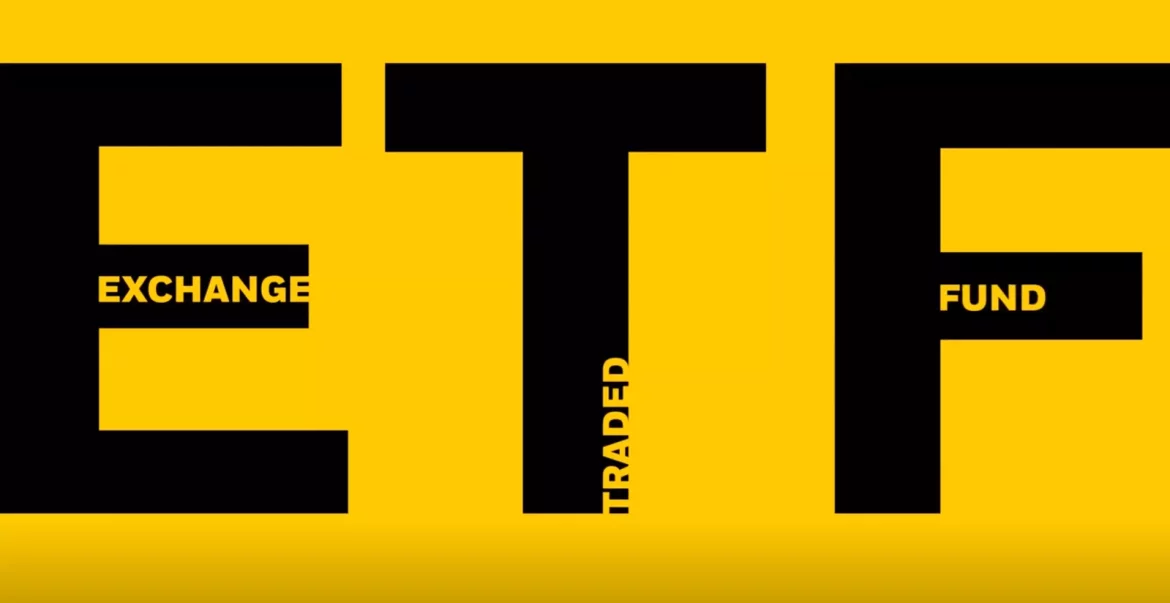In recent years, the financial landscape has witnessed a revolutionary change with the emergence of Exchange-Traded Funds (ETFs). These investment vehicles offer investors an opportunity to diversify their portfolios with ease. However, a new player has entered the scene, promising even more possibilities: iETFs, or Intelligent ETFs. In this article, we will delve into the world of iETFs, exploring their unique features, benefits, and potential impact on the investment landscape.
I. Understanding iETFs:A Paradigm Shift
iETFs represent a significant advancement in the ETF industry, leveraging cutting-edge technologies such as artificial intelligence (AI), machine learning (ML), and big data analytics. These intelligent funds utilize algorithms and data-driven decision-making processes to optimize investment strategies.
II. The Rise of AI in Investment Management
A. The Role of AI in iETFs AI empowers
iETFs to dynamically adapt to market conditions and generate optimized investment strategies. By analyzing vast amounts of financial data, these funds can identify trends, patterns, and correlations that may elude human analysts. The use of AI also allows for real-time adjustments, enabling iETFs to seize opportunities and mitigate risks more efficiently.
B. Machine Learning and Predictive Modeling
Machine learning algorithms enhance iETFs’ predictive capabilities. By analyzing historical market data and learning from past trends, these funds can generate forecasts and make informed investment decisions. This predictive modeling helps iETFs adapt to changing market dynamics and potentially outperform traditional ETFs.
III. The Benefits of iETFs
A. Enhanced Efficiency and Flexibility
iETFs offer investors greater flexibility by allowing them to access diversified investment strategies in a single fund. These intelligent funds can quickly react to market shifts, rebalance portfolios, and adjust allocations, providing investors with enhanced efficiency and agility.
B. Improved Risk Management
By leveraging AI and machine learning, iETFs can identify potential risks and execute risk mitigation strategies promptly. The ability to react swiftly to market volatility and adapt to changing conditions reduces downside risks and enhances risk-adjusted returns.
C. Accessible to Retail Investors
Traditionally, advanced investment strategies were limited to institutional investors. iETFs, on the other hand, provide retail investors with an opportunity to access sophisticated strategies that were once out of their reach. This democratization of intelligent investing opens up new possibilities for individual investors to diversify their portfolios and potentially achieve superior returns.
IV. Challenges and Considerations
A. Regulatory and Compliance Issues
The integration of AI and ML in investment management raises regulatory and compliance challenges. Regulators need to adapt to the changing landscape and establish guidelines that ensure transparency, accountability, and investor protection.
B. Reliance on Technology and Data Quality
iETFs heavily rely on technology infrastructure and high-quality data. The success of these funds hinges on the accuracy and reliability of the algorithms and data sources. Ensuring robust technological frameworks and data integrity becomes crucial for their long-term viability.
V. The Future Outlook
A. Continued Growth and Innovation
The adoption of iETFs is expected to continue growing as investors increasingly recognize the potential benefits. Asset managers and financial institutions are likely to develop and launch a broader range of intelligent funds to cater to various investment needs and objectives.
B. Collaboration between Humans and Machines
The future of investing lies in the collaboration between humans and machines. While iETFs offer advanced analytics and decision-making capabilities, human oversight and judgment remain critical. The symbiotic relationship between investors and intelligent algorithms is likely to shape the investment landscape in the years to come.
Conclusion:
iETFs represent a paradigm shift in the investment world, blending the power of AI, machine learning, and big data analytics. These intelligent funds offer enhanced efficiency, improved risk management, and accessibility to retail investors. By leveraging advanced technologies, iETFs can adapt to market conditions in real-time, generate optimized strategies, and potentially outperform traditional ETFs.
While the benefits of iETFs are compelling, there are challenges and considerations that need to be addressed. Regulatory and compliance issues must be navigated to ensure investor protection and market integrity. Additionally, the reliance on technology and the quality of data sources pose risks that need to be carefully managed.
Looking ahead, the future outlook for iETFs is promising. The adoption of these intelligent funds is expected to continue growing as investors become more aware of their potential benefits. Asset managers and financial institutions are likely to innovate and develop a wider range of iETFs to cater to different investment needs and objectives.
The key to successful investing lies in the collaboration between humans and machines. While iETFs offer sophisticated analytics and decision-making capabilities, human oversight and judgment remain essential. Investors and asset managers must strike a balance between leveraging the power of intelligent algorithms and the insights provided by human expertise.
In conclusion, iETFs represent a transformative development in the investment landscape. With their ability to harness AI, machine learning, and big data analytics, these funds offer enhanced efficiency, improved risk management, and increased accessibility for retail investors. As the market continues to evolve, it is crucial to address regulatory challenges and ensure data integrity. By embracing the collaborative potential between humans and machines, investors can capitalize on the benefits of iETFs and navigate the future of investing with confidence.


